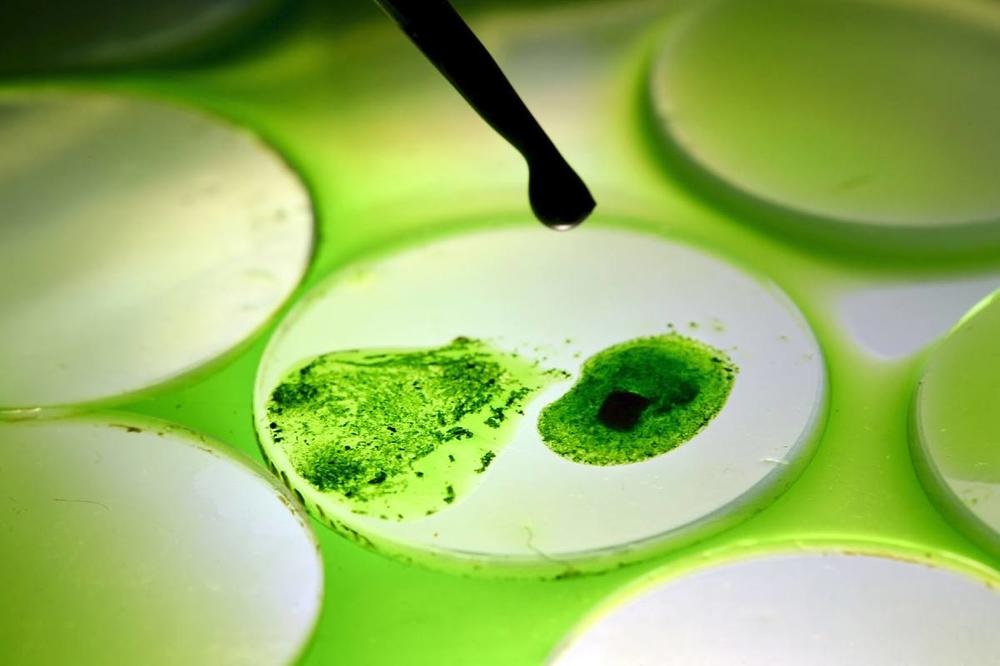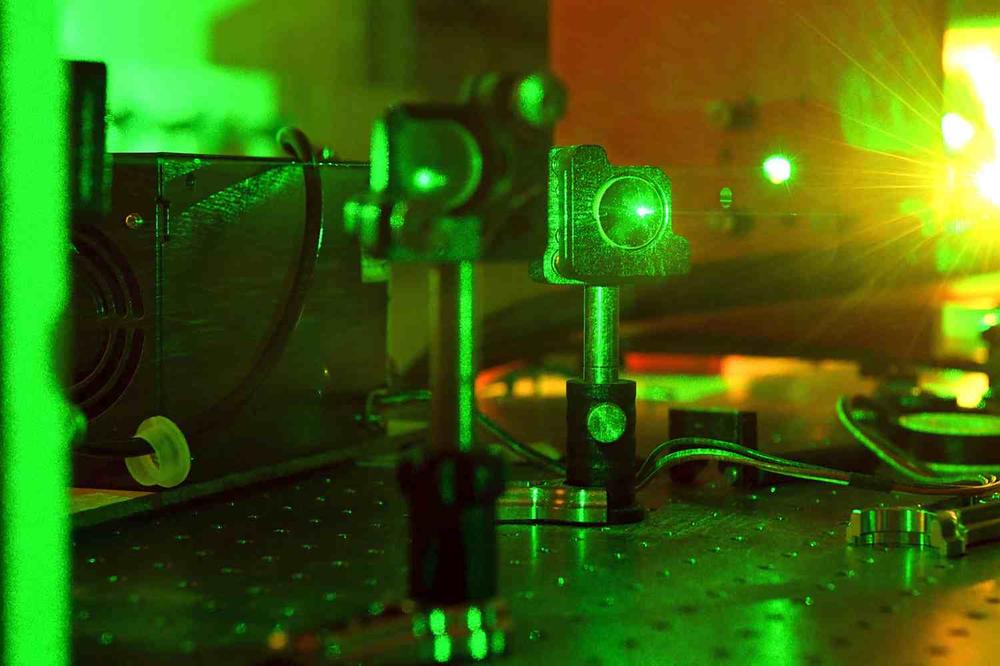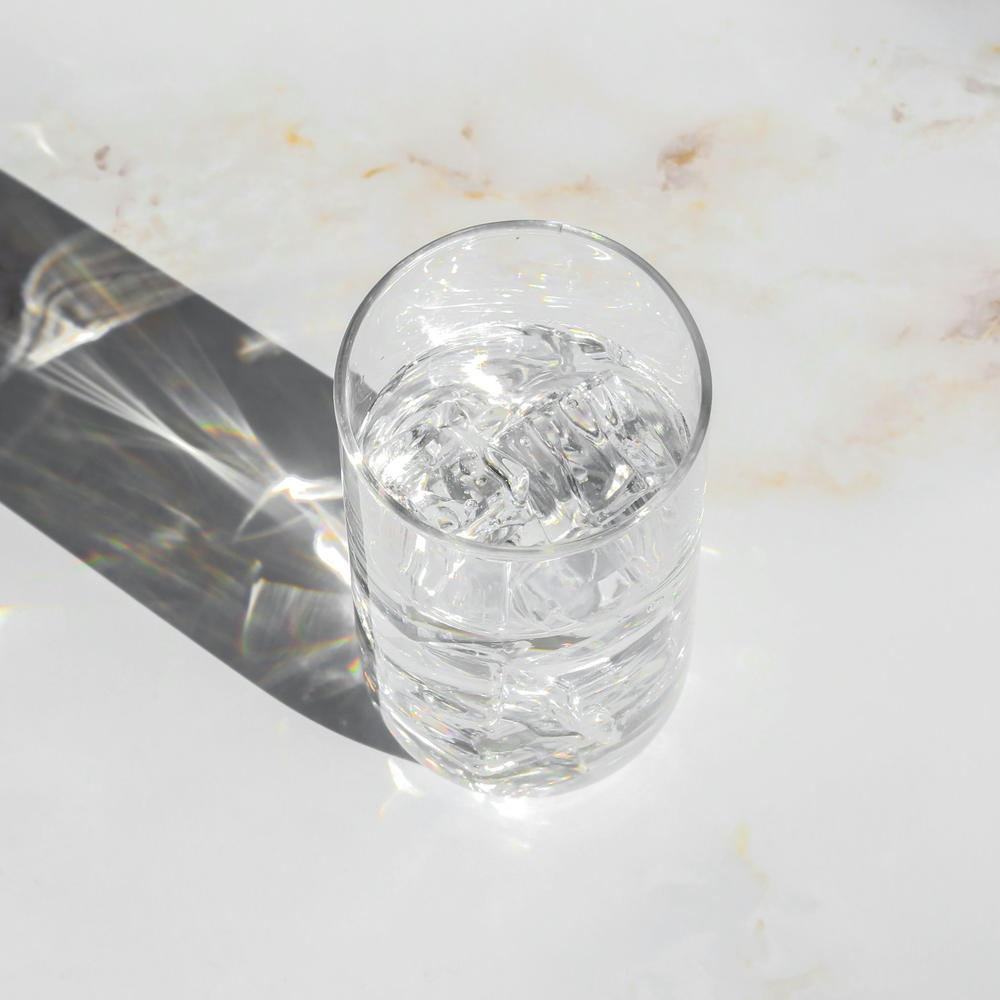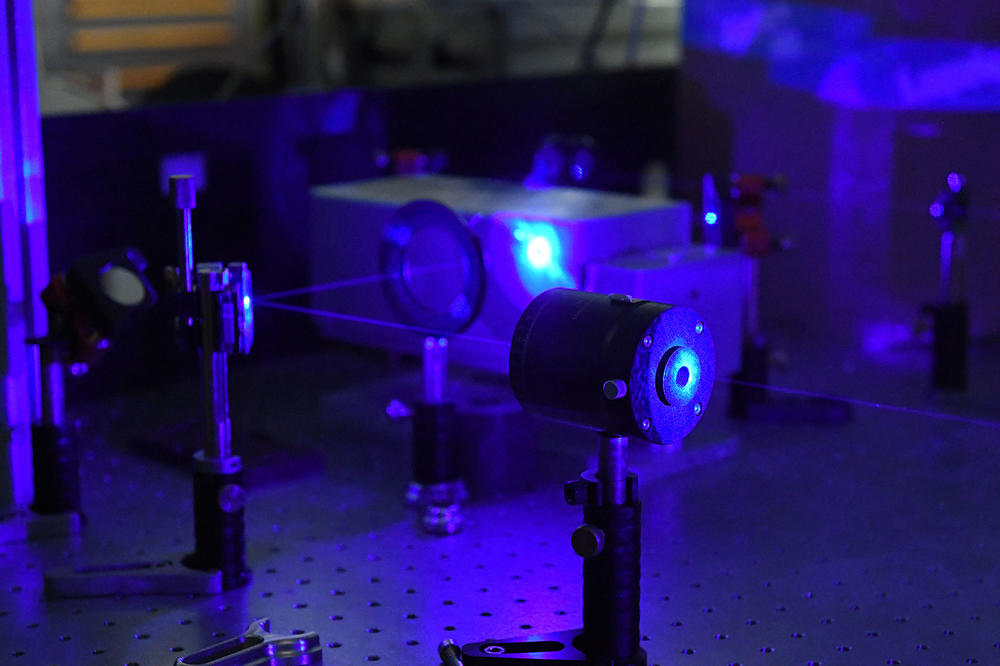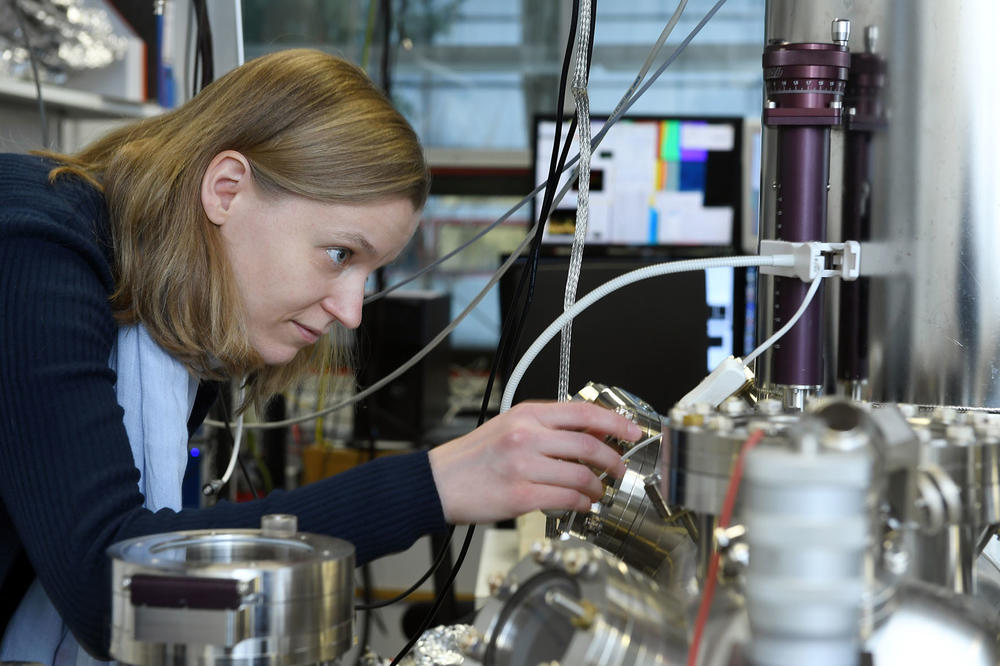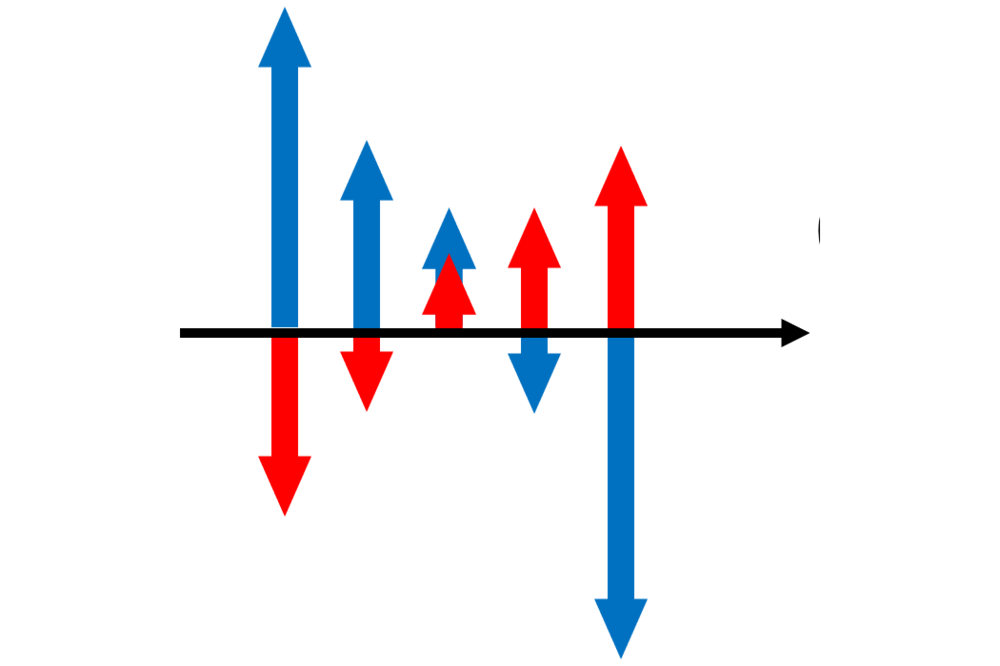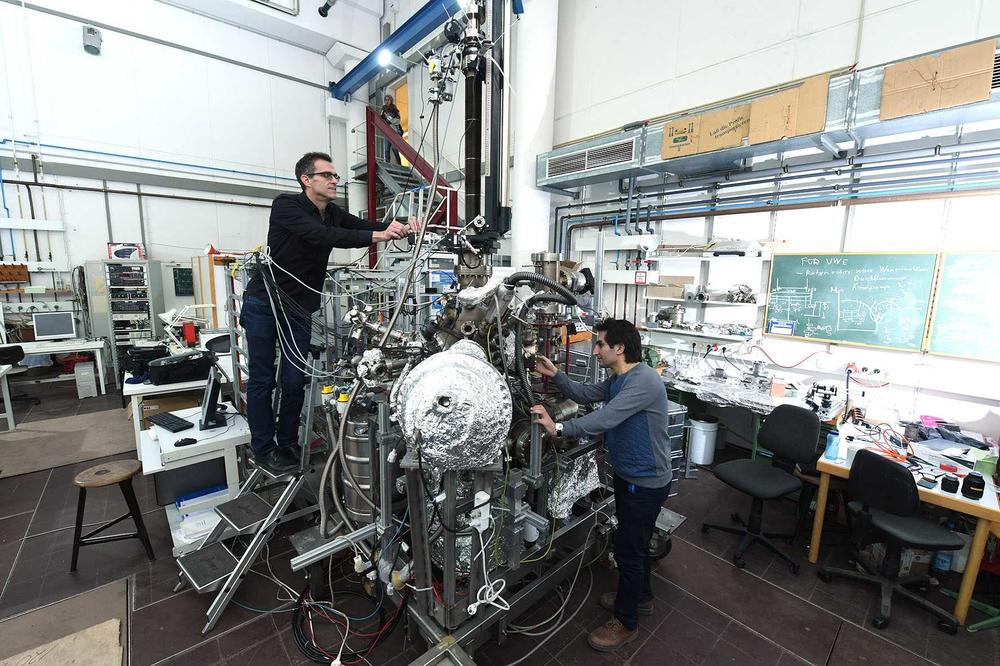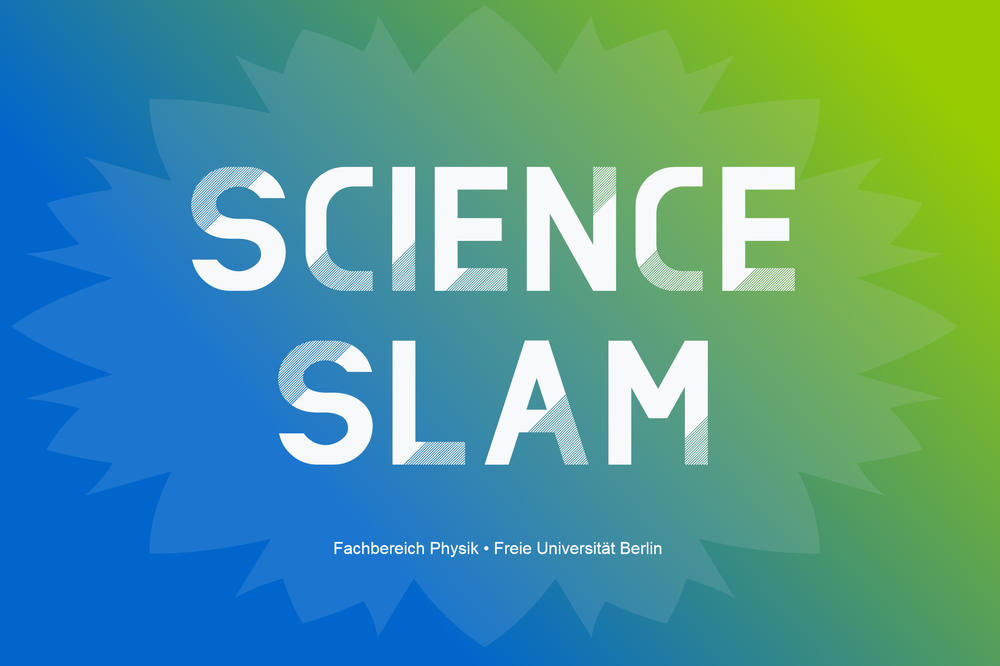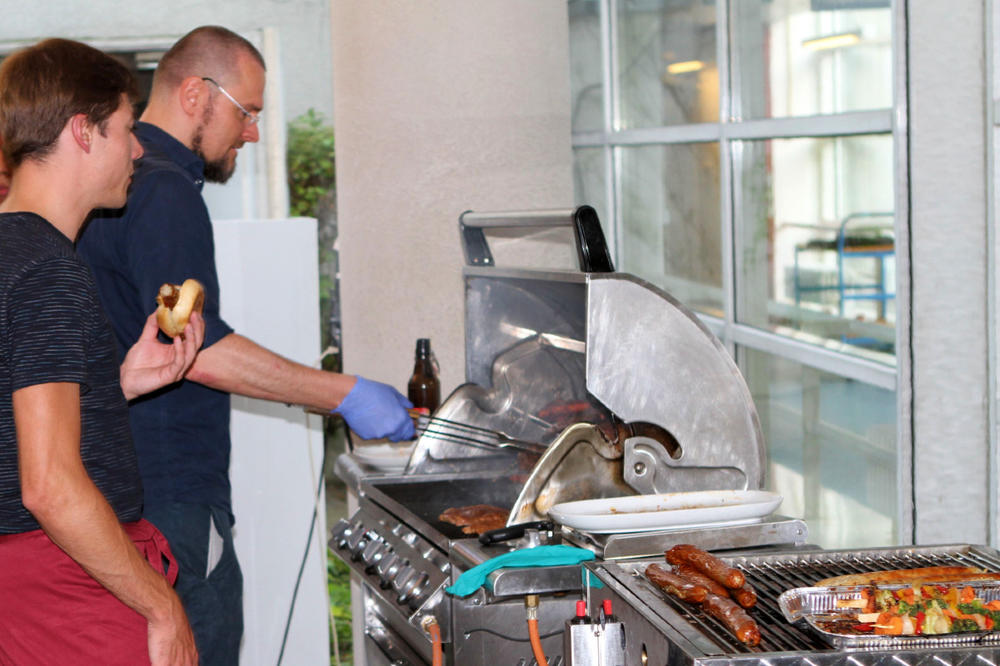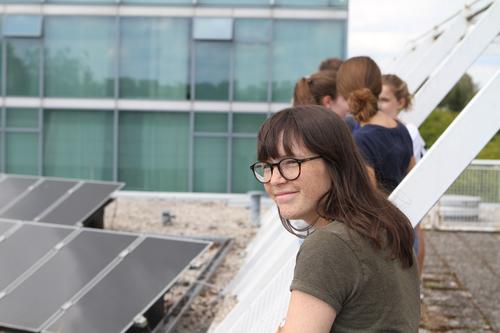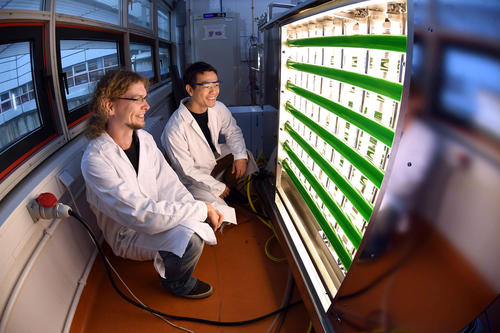Long Night of the Sciences
Program of the Department of Physics
June 28, 2025 from 5 pm to 12 am
We open our doors to the general public and invite all those interested in science to our lecture halls and laboratories. We offer a versatile program for young and old and provide insights into our work, research and teaching.
Program in German and partially in English
Our scientific teams comprises people from around the globe. On your tour through our department, you will experience a spirit of international teamwork and can have scientific conversations, either in German or English.
The world of physics: artificial photosynthesis, climate research, quantum physics and science education
We would like not only to present our research fields but also to show why research in the natural sciences provides the impetus for numerous new areas of application - energy technology, climate research, medical applications or nanotechnology.
Inspiration for the future
We invite all who want to become a part of our physics crew as a student or a scientist, to visit us and be inspired.
Only Some Points of Our Program
Exprements & Projects
In the photosynthesis of plants, algae and cyanobacteria, energy-rich biomolecules and oxygen are produced from water and CO2. Light serves as the energy source. Here we use small experiments to show you which mechanisms photosynthetic organisms have developed in order to use the entire color spectrum of light.
Location: Niche at the 1st floor window between wings 1 and 2
If people are talking in a room, the window panes partially absorb the sound and thus resonate. The extremely small deflections of the pane can be measured using laser beams. This method can be used not only to make sound waves visible, but also to determine mechanical material properties.
Location: Upper floor, tract 3
Kampfrath's Lab
This scientific demonstration illuminates the fascinating properties of light, particularly its composition, polarization and interaction with matter. Remarkably, this can be achieved using a common household substance - sugar water. What is polarization? Why does sugar water twist light in a preferred direction? Why depends this on the color of light?
Ort: vor der Brücke, 1. Stock zwischen Trakt 1 und 3
AG Seiler, Trideep Kawde
We deal with the theory of kinetics of biological soft matter systems and resort to the topic of randomness for this purpose.
In addition to experiments on probability distributions, we offer interactive virtual reality experiments on random motion using the diffusion of molecules as an example.
Location: Upper floor, tract 3
What do natural sciences in general and physics in particular have to do with gender? Test your knowledge in the interactive Science Quiz!
The quiz takes place continuously between 6 and 10 p.m., duration: approx. 5 minutes.
Location: upper floor in front of seminar room E1
Contact: Dr. Tanja Kubes
The students' union FSI offers exciting discussions about the subject and the study of physics.
Location: Atrium at Arnimallee 14
Lab Tours and CRC Presentation
A trick from modern physics allows us to "see" individual atoms: a scanning tunnelling microscope feels the atoms by means of a fine metal tip and converts this information into images. We can also move individual atoms in a targeted manner and use them to build nanostructures that open up completely new technical applications.
Location: Room 0.3.16
Spintronics refers to a new form of information processing based not on the charge but on the magnetic moment ("spin") of electrons.
The Collaborative Research Center/TRR 227 "Ultrafast Spin Dynamics" investigates the physical basis for this on the shortest time scales, as we will show you in demonstration experiments.
Location: seminar room E2 (1.1.53)
Collaborative Research Centres, or CRC, are long-term university-based research institutions established for up to 12 years in which researchers work together within a multidisciplinary research programme.
Find out how hard disks store information, what new concepts there are for magnetic data storage and what role atomically thin magnetic layers play in this. Observe how these can be explored in ultra-high vacuum using laser beams and how their magnetic properties can be improved.
Location: Room 1.2.30
Science Slam at 9 pm
Physics as exciting and funny as you have never experienced it before!
Scientists present their research topics with charm and wit. They come directly from the computer screen or the laboratory to the stage to fascinate you. Who will convince you the most, who will win your heart?
Location: Large Lecture Hall (room 0.3.12)

